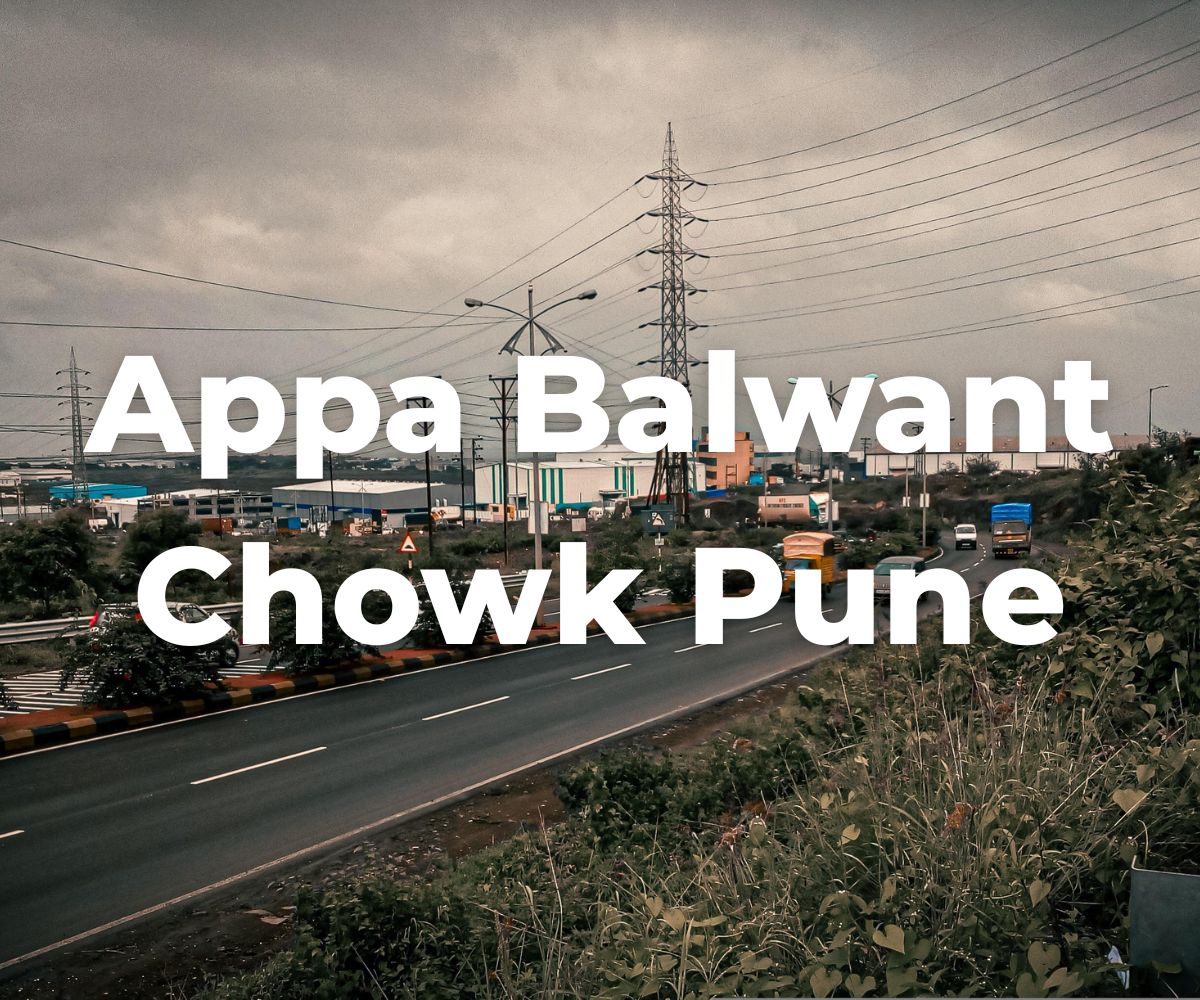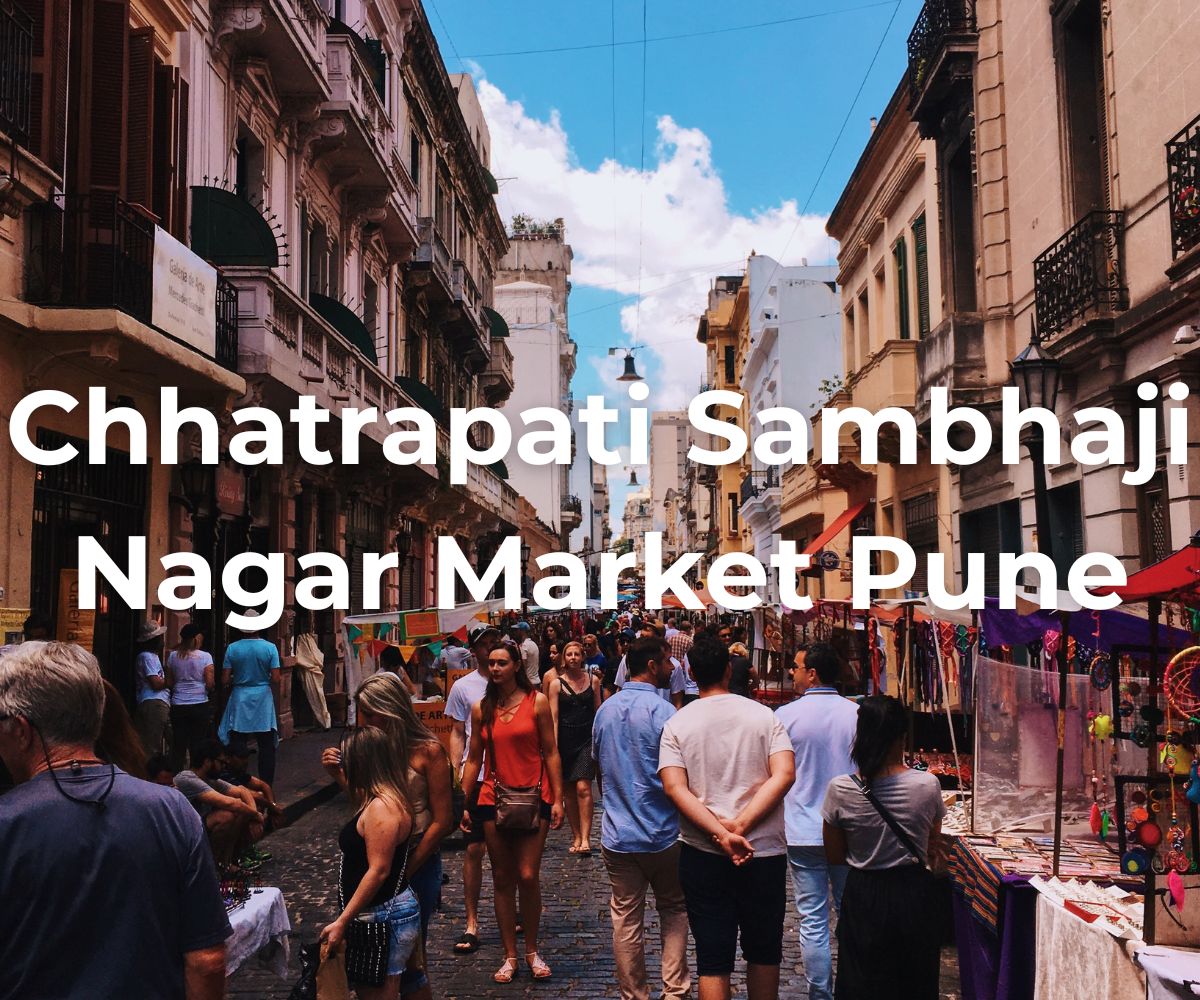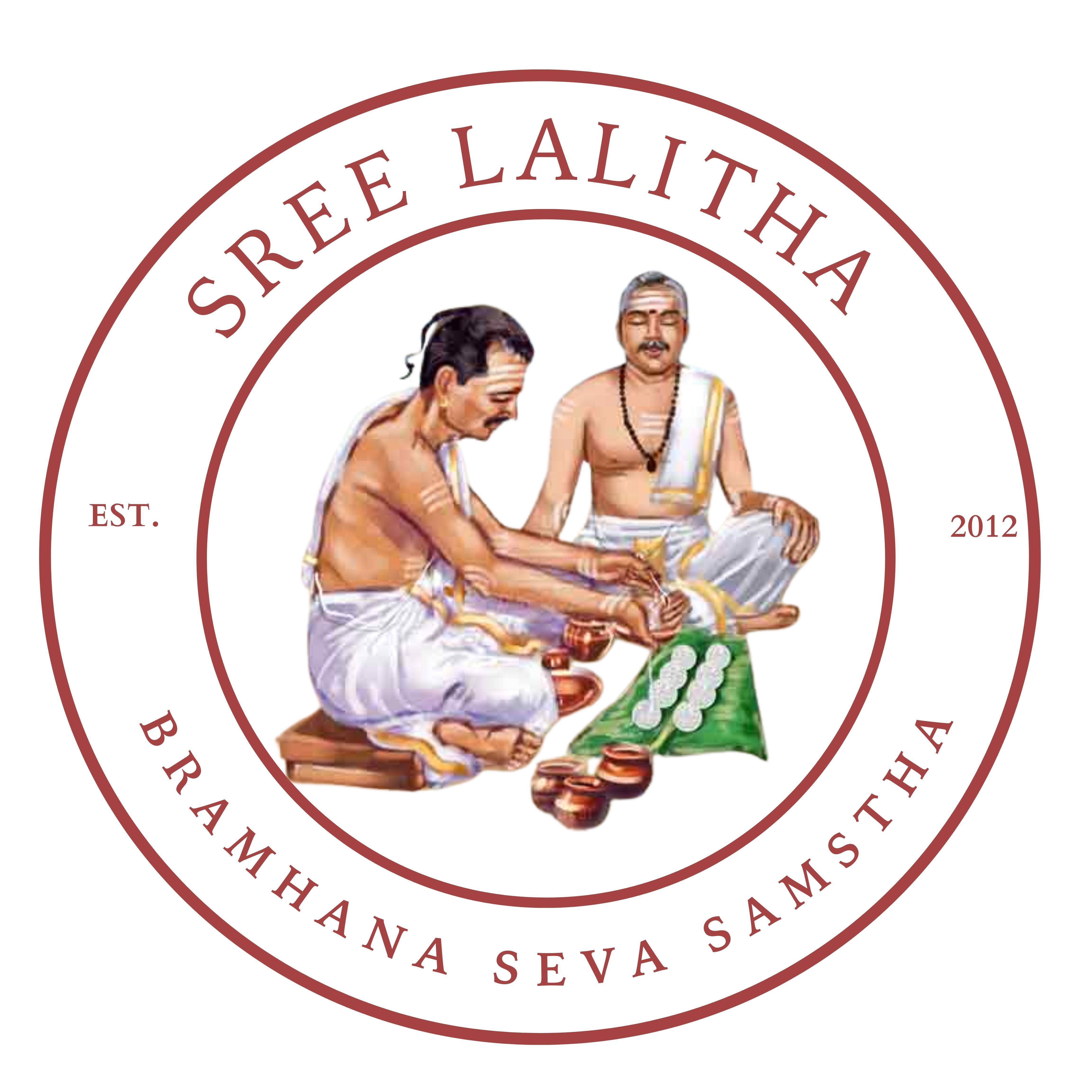chor bazaar mumbai
Description
Chor Bazaar Mumbai: The Living Soul of the City’s Thieves’ Market
In the heart of South Mumbai, where the sounds of honking cars blend with the call to prayer, lies Chor Bazaar, one of India’s most legendary markets. Translating to the “Thieves’ Market,” Chor Bazaar has long been a place of myths, history, and irresistible charm. For over 150 years, this sprawling maze of narrow lanes and crowded shops has captivated collectors, artists, and travelers seeking treasures that tell forgotten stories.
Chor Bazaar isn’t just a market — it’s Mumbai in miniature. It’s loud, chaotic, and endlessly fascinating, yet it holds an old-world warmth that modern malls can’t replicate. Every object here — from a rusted gramophone to a vintage Bollywood poster — carries the echo of a different time.
The Origins: From Shor Bazaar to Chor Bazaar
The story of Chor Bazaar’s name is as colorful as the market itself. Once known as Shor Bazaar, or “Noisy Market,” it perfectly described the area’s bustling atmosphere. British officers during the colonial era, however, found the Hindi pronunciation tricky. Their version, “Chor Bazaar,” meaning “Thieves’ Market,” stuck — and with it came a legend that shaped the market’s identity.
One of the most famous tales recounts that Queen Victoria’s violin and belongings went missing during transport in colonial Bombay and later turned up for sale here. Though likely apocryphal, the story cemented the market’s reputation as a haven for lost and found treasures.
In truth, Chor Bazaar was never primarily a black market. It was, and remains, a hub for second-hand goods, antique traders, repair workshops, and recyclers. Over time, it became a symbol of Mumbai’s resilience, where the old isn’t discarded but reborn.
The Setting: Where to Find Chor Bazaar
Chor Bazaar sits on Mutton Street, near Bhendi Bazaar, in South Mumbai — a neighborhood rich with cultural and architectural history. The nearest railway stations are Grant Road and Mumbai Central, both within a short ride or a brisk walk.
Getting There:
- By Train: Western Line to Grant Road, then a 10-minute walk.
- By Taxi: Mention “Chor Bazaar, Mutton Street” to your driver.
- By Bus: Frequent BEST buses connect the area to other parts of the city.
- From the Airport: Around 45–60 minutes by cab, depending on traffic.
Opening Hours: 11:00 AM to 7:30 PM, closed on Fridays during prayer hours.
Best Time to Visit: October to March, in the cooler months, ideally before noon to avoid crowds.
The Market Experience: A Maze of Stories
Stepping into Chor Bazaar is like entering another world. The narrow lanes twist and turn through an ocean of objects — furniture stacked to the ceiling, brass idols glowing under dim bulbs, piles of vinyl records, and rows of antique clocks whose ticking has long stopped.
Each lane has its specialty:
- Mutton Street: The main artery filled with antique furniture, gramophones, film posters, and décor.
- M.R.D. Road: Known for electronics, auto parts, and mechanical tools.
- J.B. Marg and S.T. Street: Lined with books, glassware, perfume bottles, and religious artifacts.
This isn’t an organized shopping complex but a living organism. Shopkeepers, many of whom are second- or third-generation traders, sit surrounded by history — selling, repairing, and storytelling in equal measure.
What to Buy: Treasures of Chor Bazaar
The beauty of Chor Bazaar lies in its unpredictability. You never know what you’ll find — but that’s the fun. Here are the highlights for every kind of explorer:
1. Antiques and Collectibles
Chor Bazaar is heaven for vintage lovers. You’ll find Victorian-era furniture, teakwood cabinets, colonial mirrors, and brass lamps that once adorned Mumbai’s old mansions. Many items need polishing or restoration, but that’s part of their charm.
2. Bollywood Memorabilia
Film buffs will love the hand-painted Bollywood posters, lobby cards, and film magazines from the golden age of Indian cinema. These iconic visuals — featuring Raj Kapoor, Madhubala, or Amitabh Bachchan — are prized collectibles today.
3. Cameras and Electronics
Photography enthusiasts can browse old cameras, Polaroids, and film projectors. Some still work; others are perfect as décor. Vintage typewriters and record players often steal the show here.
4. Musical Instruments
From violins and harmoniums to HMV gramophones with vinyl records, Chor Bazaar offers a peek into India’s musical history. Some shopkeepers even test instruments for you before purchase.
5. Automobile Parts and Tools
A section of the market is dedicated to vintage car and scooter parts — a paradise for restoration enthusiasts hunting rare pieces.
6. Home Décor and Curios
Old lanterns, clocks, chandeliers, door handles, stained-glass windows, and ship anchors — perfect for interior designers or anyone who loves objects with character.
7. Books, Coins, and Trinkets
Collectors will enjoy rummaging through boxes of old Indian coins, foreign currency, and rare prints. Many items are sold by weight — a literal treasure hunt for history lovers.
The Art of Bargaining
At Chor Bazaar, bargaining is a skill. Prices are flexible, and negotiation is part of the culture. Vendors expect it — and often enjoy the process.
Shopping Tips:
- Start Low: Begin at 40–50% of the asking price.
- Stay Polite: Humor and patience go further than aggression.
- Inspect Before You Pay: Many items are refurbished; check carefully for damage.
- Use Cash: Some shops take UPI, but small bills are best.
- Compare Before Buying: Similar items can vary widely in price.
- Ask the Story: Shopkeepers often share the history of an object — real or imagined — adding value beyond money.
Nearby Attractions
Chor Bazaar’s central location makes it easy to explore other iconic Mumbai spots:
- Mohammad Ali Road: Famous for kebabs, biryani, and sweets — especially during Ramadan.
- Crawford Market: A historic building filled with fruit stalls, spices, and pets.
- Marine Drive: A short ride away for a sunset view.
- Haji Ali Dargah: A stunning seaside mosque.
- Gateway of India & Colaba Causeway: Great for souvenirs and colonial architecture.
Food Around Chor Bazaar
After hours of wandering the lanes, food is your reward. The area around Bhendi Bazaar is a culinary hotspot:
- Shalimar Restaurant: Known for its Mughlai dishes.
- Noor Mohammadi Hotel: Try the “Chicken Sanju Baba” dish.
- Bademiya (Colaba): Famous for kebabs.
- Imam Sharbatwala: Offers refreshing fruit drinks and milkshakes.
- Ayub’s: Great for quick, flavorful rolls.
During Ramadan, the streets come alive at night — filled with food stalls serving kebabs, malpua, and falooda.
For Photographers and Explorers
Chor Bazaar is a visual dream. The blend of colonial architecture, street life, and vintage objects makes it one of the best places for street photography in Mumbai.
Photography Tips:
- Ask before shooting close-ups.
- Mornings offer the best light and fewer crowds.
- Capture the small details — textures, colors, and signage tell their own stories.
Practical Visitor Tips
- Timing: Arrive early for the best stock and easier parking.
- Dress Smart: Simple clothes and closed shoes work best for navigating narrow lanes.
- Stay Alert: Keep wallets and phones secure.
- Avoid Flashy Accessories: It’s a busy area; travel light.
- Hydrate: Carry water and take breaks.
- Be Respectful: Ask before touching fragile antiques or photographing shopkeepers.
Hidden Corners and Lesser-Known Finds
While most visitors stick to Mutton Street, the true magic often lies in the side alleys:
- Kamal Mansion Lane: Vintage furniture and décor.
- Motor Parts Lane: Antique car parts and tools.
- Poster Gully: Rare Bollywood artwork.
- Chandelier Lane: Exquisite lighting fixtures and glass art.
For early risers, there’s also the Friday “Dedh Gully” Market, open from around 4:00 to 8:00 AM. It’s known for shoes, electronics, and surplus goods sold at bargain prices — a fascinating, if chaotic, local experience.
Safety and Responsible Tourism
Despite its “Thieves’ Market” nickname, Chor Bazaar is safe and welcoming when approached with basic caution. Respect local customs, especially during prayer times, and support traders by paying fair prices for authentic items.
Key Safety Tips:
- Keep valuables in a front pocket or crossbody bag.
- Avoid secluded alleys late in the evening.
- Travel with a companion on your first visit.
Why Chor Bazaar Matters
Chor Bazaar isn’t just a market — it’s a living reflection of Mumbai’s recycling spirit. In a city obsessed with the new, this market celebrates the old. Each piece sold here once belonged to someone — perhaps a colonial official, a film studio, or a Parsi family home. These objects bridge past and present, embodying the city’s layered history.
It’s also an important economic hub for thousands of small traders and artisans who repair, restore, and sell pre-owned goods, ensuring sustainability long before it became a global trend.
The Market’s Modern Transformation
Even as Bhendi Bazaar undergoes redevelopment, Chor Bazaar continues to evolve. Younger shop owners are creating online profiles, showcasing antiques on Instagram, and connecting with buyers worldwide. Designers and filmmakers often source props here for movies and photo shoots. Yet the essence remains unchanged — heritage meeting hustle.
The Spirit of Mumbai in One Market
To walk through Chor Bazaar is to walk through time. Every creaking floorboard and dusty shelf tells a story of Mumbai’s resilience — how the city reuses, restores, and reinvents without ever forgetting.
You might go there looking for a bargain, but you’ll leave with something more valuable — a glimpse of a city that thrives on contrast, where chaos and culture coexist. Chor Bazaar is both a marketplace and a memory, where history is sold by the kilo and nostalgia is free with every purchase.
So next time you’re in Mumbai, skip the malls and take the train to Grant Road. Wander through Mutton Street’s crowded charm, breathe in the scent of brass and wood polish, and let Chor Bazaar show you the soul of the city — loud, alive, and unforgettable.





















